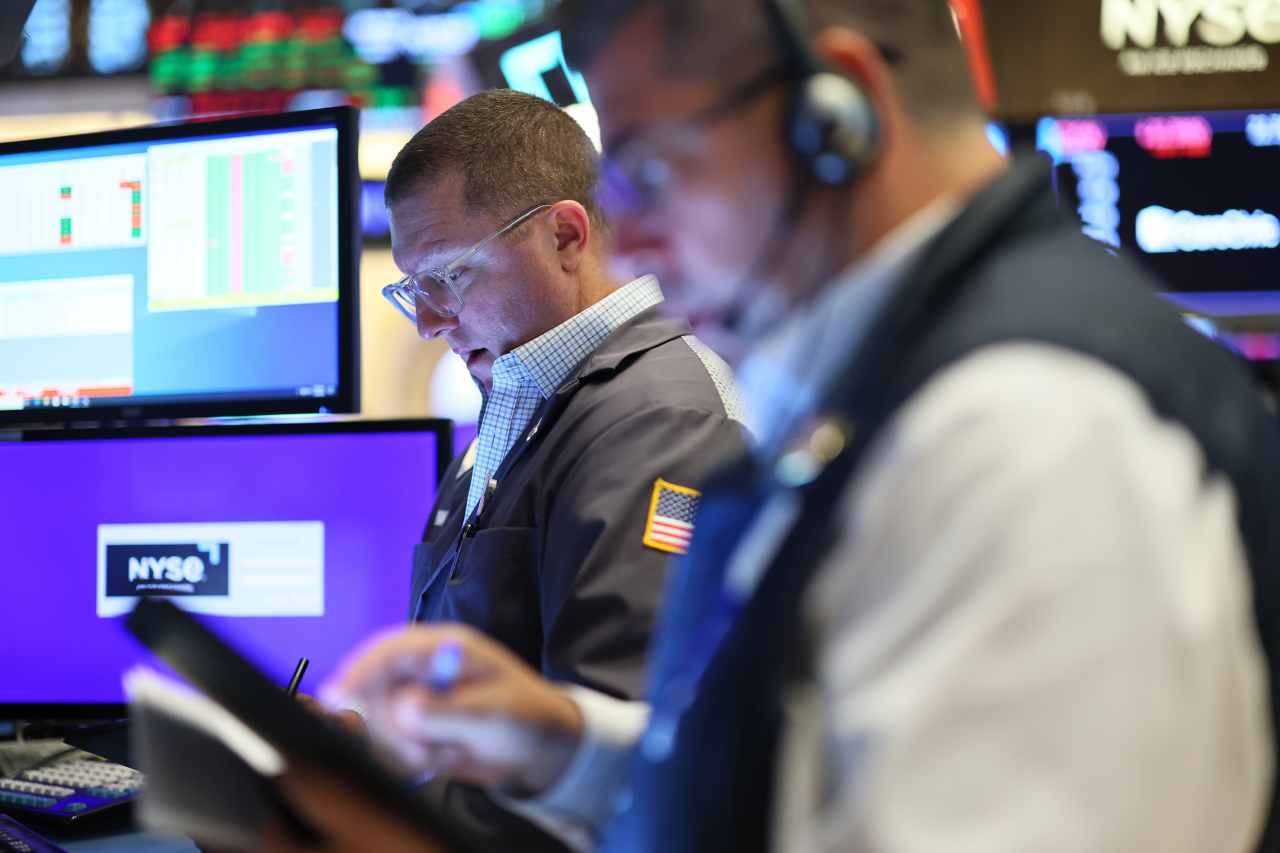Trump Unveils Japan Trade Deal Amid Tariff Deadline Pressure

Trade Tensions and the August 1 Deadline
As the August 1 deadline for new tariffs approaches, investors are showing a surprising level of calm despite the ongoing trade tensions. However, trade experts and legal professionals warn that this date could trigger another wave of trade disputes, particularly with the European Union. The situation remains complex, with numerous factors at play that could impact global markets and economies.
Recent Developments in Trade Negotiations
The Trump administration initially aimed to secure 90 trade deals within 90 days when it introduced sweeping tariffs in early April. Instead, the U.S. and China escalated their tariff battles to three-digit levels, causing market volatility. A recent pause in these tariffs has provided some relief, but the underlying issues remain unresolved.
Treasury Secretary Scott Bessent recently indicated that negotiations with Chinese officials are ongoing and that an extension of the current tariff deadline might be possible. He emphasized the likelihood of new trade agreements, although he acknowledged that the August 1 deadline is a firm one. Despite this, he suggested that discussions could continue even after the deadline.
Potential for Further Escalation
Trade lawyers and political consultants caution that the administration is unlikely to back down, with more trade conflicts expected. Ryan Majerus, a partner at King & Spalding, noted that given the current strong performance of the market and economy, a more aggressive stance on trade is expected in the near term. Extensions on current tariff negotiations are considered unlikely, as talks can continue even after tariffs are imposed.
Analysts predict that discussions about trade agreements will dominate the next week, with a few deals possibly announced before the deadline. However, many countries are expected to face higher tariffs on August 1, potentially leading to swift retaliation.
New Trade Agreements and Their Implications
Up until this point, the U.S. had only reached foundational agreements with the United Kingdom and Vietnam. However, recent developments have seen President Donald Trump announce new deals, including a framework pact with Indonesia and a deal with the Philippines that includes a 19% tariff on imports. Additionally, Trump claimed to have struck a deal with Japan, involving significant investment commitments and opening up Japanese markets to U.S. goods.
Despite these agreements, sectoral tariffs remain a major sticking point. These tariffs, imposed or pending under Section 232 of the Trade Expansion Act, target critical industries and pose an “existential risk” for many countries. Henrietta Treyz, director of economic policy research at Veda Partners, highlights the potential impact of these tariffs on key sectors such as pharmaceuticals, semiconductors, and critical minerals.
The European Union and Tariff Risks
The European Union, the largest trading partner of the U.S., faces a 20% tariff on August 1, which could lead to retaliation. The EU is preparing to impose levies on $100 billion worth of imports, including products like Kentucky bourbon and steel. This could prompt further increases in auto and auto parts tariffs, according to analysts.
Treyz suggests that while the market may not be overly concerned about the EU, the administration is likely to maintain its stance. She expects a stalemate rather than a reduction in tariffs, unlike the situation with China.
Economic Impact and Future Outlook
Higher tariffs could exacerbate the existing economic pressures from previous levies. General Motors recently reported a $1.1 billion loss related to tariffs and warned of potential annual costs reaching $5 billion. Treasury Secretary Bessent has indicated that future agreements may include investments in critical areas like pharmaceuticals, autos, and semiconductors.
Countries that reach agreements with the U.S. could benefit from tariff quotas that allow for lower rates on certain goods. For example, Indonesia has agreed to sell critical minerals and purchase U.S. goods, potentially securing a favorable tariff rate. Similarly, Switzerland and India are seen as strong contenders for agreements, with specific focus on pharmaceuticals and other critical sectors.
Conclusion
As the August 1 deadline approaches, the landscape of international trade remains uncertain. While some agreements have been announced, the broader implications of sectoral tariffs and potential retaliatory measures continue to pose challenges. Analysts suggest that the market may be underestimating the risks of further escalation, particularly with the European Union. The coming weeks will be crucial in determining the trajectory of these trade tensions.